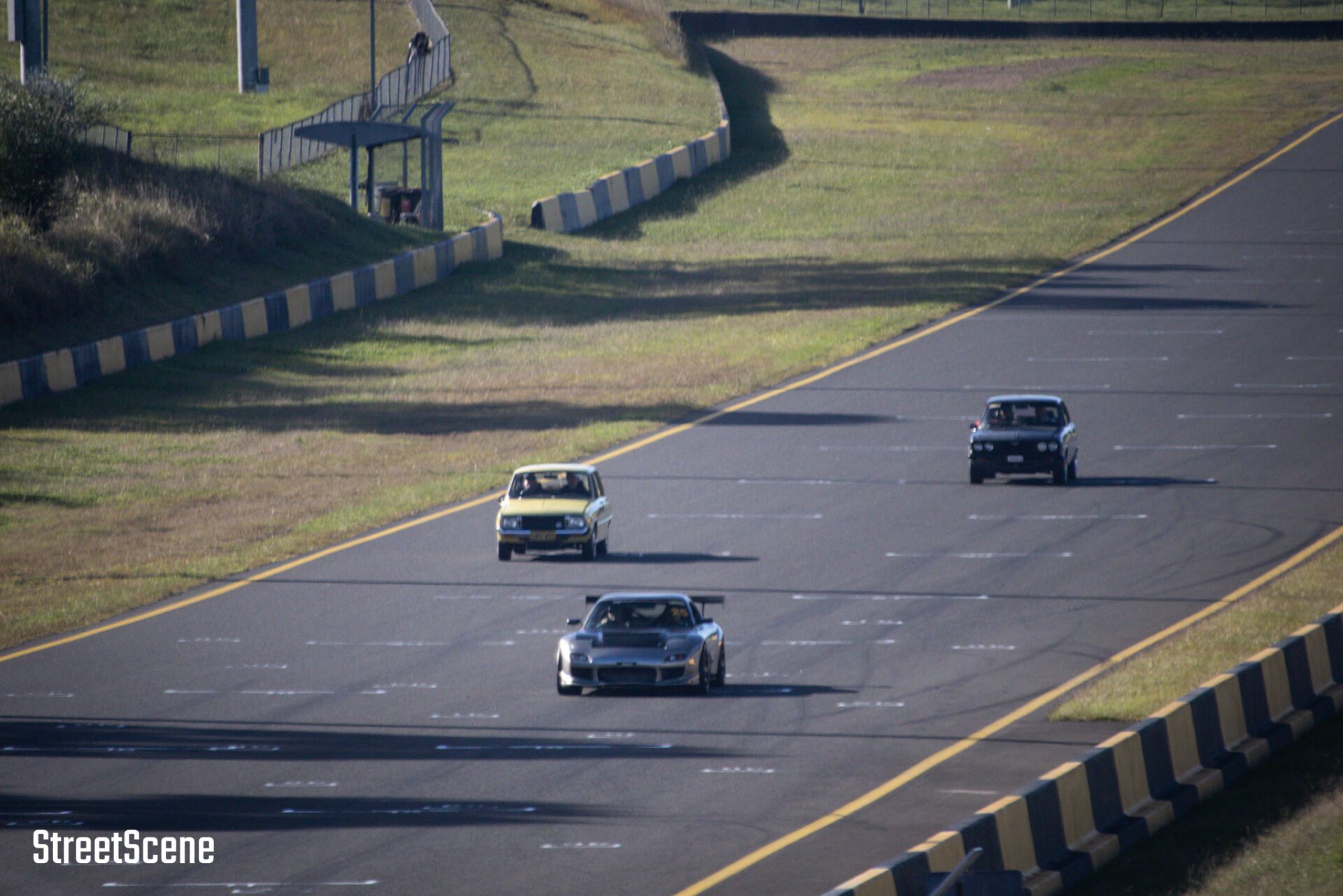Motorsport in Australia is a vibrant, accessible, and exhilarating pursuit open to people of all ages and experience levels. Whether you dream of racing wheel-to-wheel or just want to enjoy the thrill of driving on a track, here’s how you can get started.
1. Join a Motorsport Australia Affiliated Car Club
- First step: Become a member of a Motorsport Australia affiliated car club. There are over 580 clubs across the country catering to a wide range of interests, from classic cars to modern racers and everything in between.
- Why join? Clubs are the gateway to motorsport events, offer a supportive community, and provide essential information on getting started as a competitor or volunteer.

2. Try a “Come and Try” Day
- Beginner-friendly: Motorsport Australia and its clubs regularly host Come and Try Days—relaxed, welcoming events designed for newcomers.
- No race car needed: You can participate using your everyday road-registered vehicle. These events focus on safety and fun, making them ideal for your first taste of motorsport.
- How to find one: Use Motorsport Australia’s Event Entry portal or contact your local club to find upcoming dates.
3. Understand the Types of Motorsport Events
Australia offers a wide range of entry-level motorsport disciplines:
| Event Type | Description |
|---|---|
| Motorkhana | Low-speed precision driving around cones; great for all cars and ages. |
| Khanacross | Off-road timed events, slightly faster than Motorkhana. |
| Supersprint | Timed laps on a circuit, competing against the clock, not wheel-to-wheel. |
| Hillclimb | Timed runs up a hill course, focusing on car control and speed. |
- Motorkhana and Khanacross are especially popular for beginners, requiring minimal modifications to your car.
- Supersprints are ideal if you want circuit experience without the pressure of door-to-door racing.
4. Get Your Motorsport Australia Licence
- Speed Licence: Required for most timed events (Motorkhana, Supersprint, etc.). You can apply online via Motorsport Australia. The process is straightforward and affordable, with a basic medical statement required (not a full medical exam).
- Club Membership: A prerequisite for a competition licence is being a member of an affiliated club.
5. Prepare Your Car and Gear
- Roadworthy car: Most entry-level events allow standard road cars. Ensure your car is well-maintained, with working brakes, good tyres, and no loose items inside.
- Safety gear: For most beginner events, you’ll need a helmet, long sleeves, long pants, and closed shoes. Some events may require a fire extinguisher and basic safety stickers (battery, tow points).
- Servicing: Have your car serviced before your first event and remove all loose items from the cabin.
6. Learn and Improve
- Instruction days: Many clubs and tracks offer instruction days or driver coaching. These are invaluable for learning track etiquette, safety, and driving techniques.
- Track days: Regular participation in track days helps build confidence and skill in a safe, controlled environment.
7. Progress at Your Own Pace
- After your first few events, you can choose to stay at the club level or move into more competitive racing, such as circuit racing or rallying. The motorsport community is supportive, and there are clear pathways for progression.
8. Get Involved as a Volunteer or Official
- If driving isn’t your only interest, clubs are always looking for volunteers and officials. This is a great way to learn the sport from the inside and contribute to the community.
Key Contacts and Resources
- Motorsport Australia: The national governing body for four-wheel motorsport, offering licences, event calendars, and club directories.
- Local Car Clubs: Find one that matches your interests and location for the best support and event access.
Final Tips
- Don’t be intimidated—motorsport in Australia is welcoming and designed for all levels.
- Start small, ask questions, and enjoy the camaraderie and excitement that come with every event.
By following these steps, you’ll be well on your way to experiencing the thrill of motorsport in Australia, whether as a competitor, volunteer, or passionate fan.